


Berlin, the capital of Germany and the country's largest city, is also a major center of politics, culture, media, and science. Noted for its cultural flair, Berlin is home to the world famous Berlin Opera and Berlin Philharmonic Orchestra, while its diverse art scene encompasses hundreds of galleries, events, and museums, including those on Museum Island, a UNESCO World Heritage Site. Despite the devastation of WWII and following decades of decay to the east of the infamous Berlin Wall, the city has been rebuilt in a way that celebrates its successes while acknowledging a dark past. Berlin offers an eclectic mix of new and classic architecture, dynamic entertainment, shopping, and a wide variety of sports and cultural institutions.
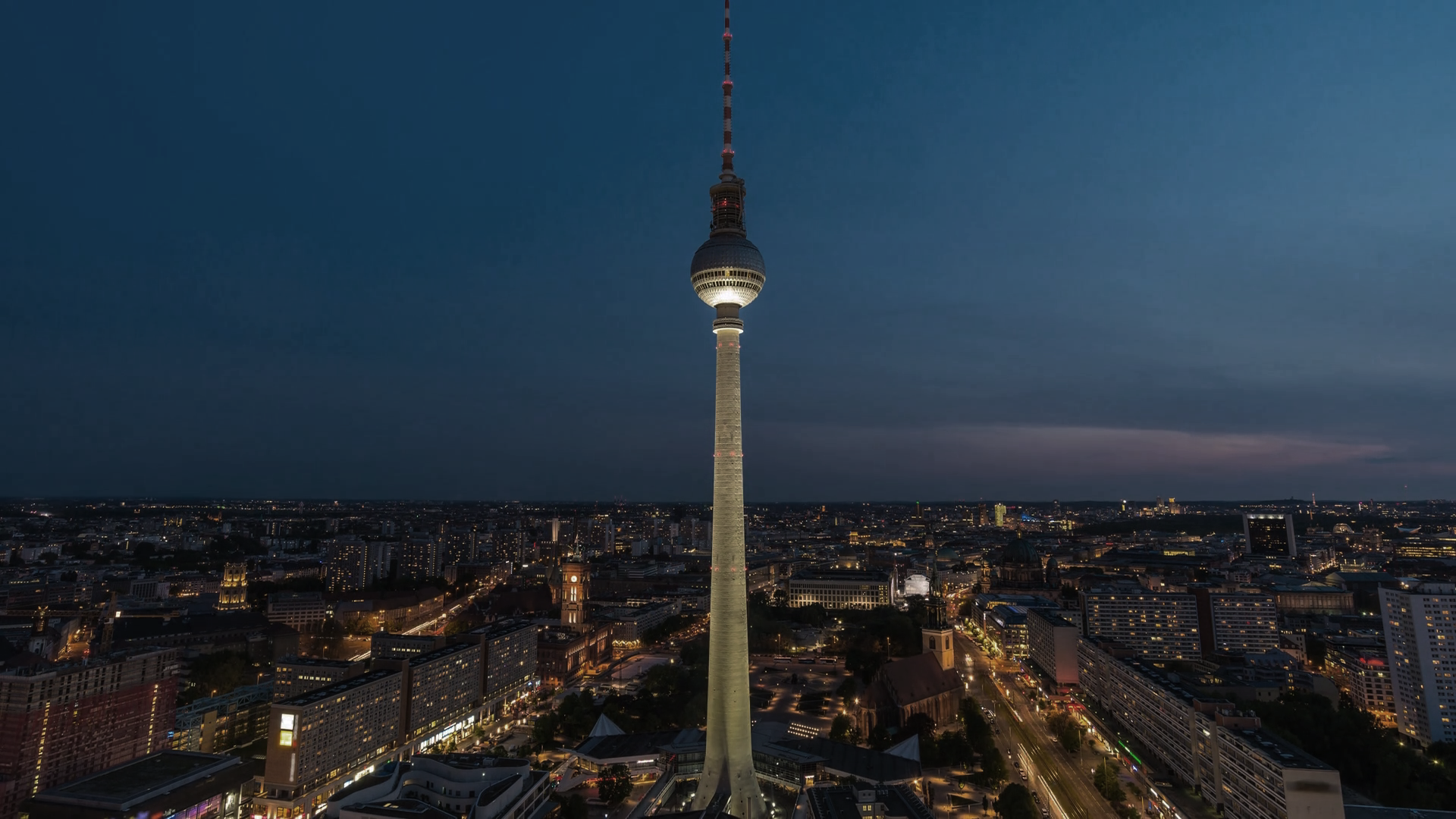
Germany's tallest structure, the TV Tower has been soaring 368m high since 1969 and is as iconic to Berlin as the Eiffel Tower is to Paris. On clear days, views are stunning from the observation deck (with bar) at 203m or from the upstairs Sphere restaurant (207m), which makes one revolution per hour.

In the spot where the most feared institutions of Nazi Germany (including the Gestapo headquarters and the SS central command) once stood, this compelling exhibit chronicles the stages of terror and persecution, puts a face on the perpetrators and details the impact these brutal institutions had on all of Europe. A second exhibit outside zeroes in on how life changed for Berlin and its people after the Nazis made it their capital.
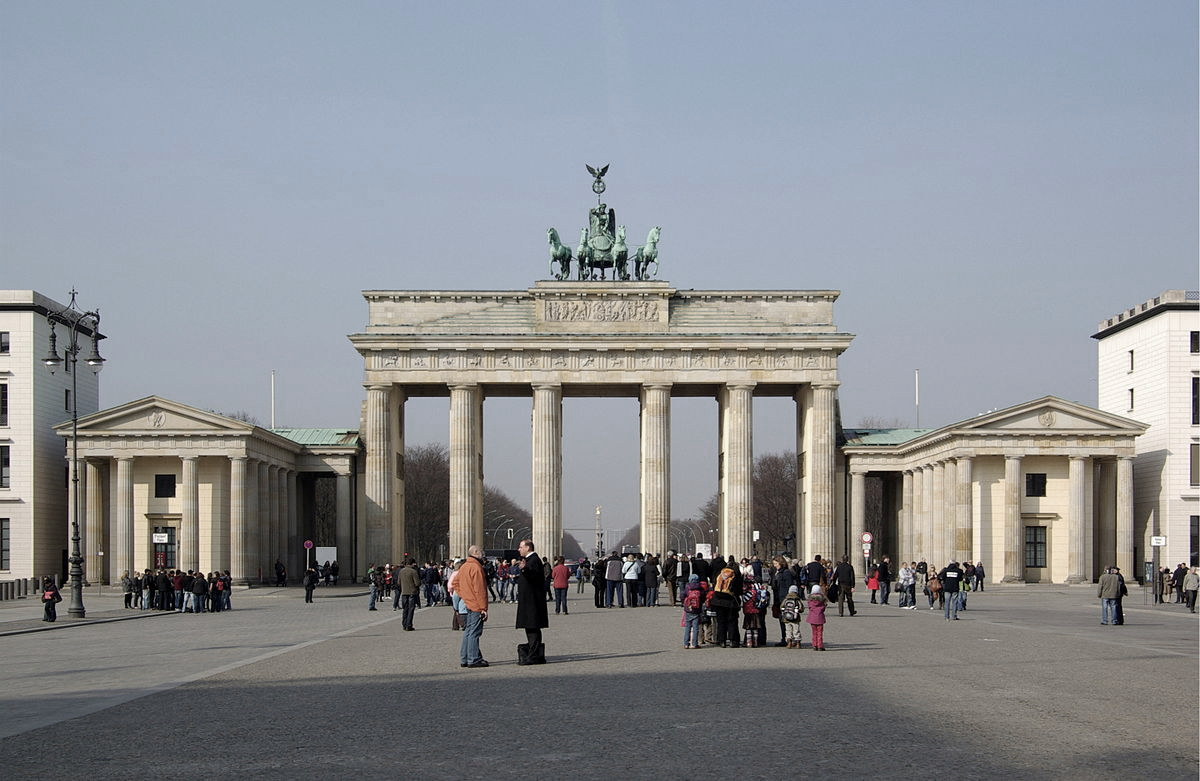
Built in the late 1700s, the Brandenburg gate is the only surviving city gate of Berlin. The gate is in the western part of Berlin and marks the entrance to Unter den Linden. Used as one of the Berlin Wall crossings, the gate became a site of protest during the division of Germany and a place of celebration when the wall fell in 1989. The gate was severely damaged in World War II and underwent extensive renovation in the early 2000s.
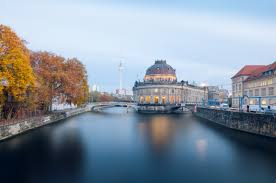
Walk through ancient Babylon, meet an Egyptian queen, clamber up a Greek altar or be mesmerised by Monet's ethereal landscapes. Welcome to Museumsinsel (Museum Island), Berlin's most important treasure trove, spanning 6000 years' worth of art, artefacts, sculpture and architecture from Europe and beyond.
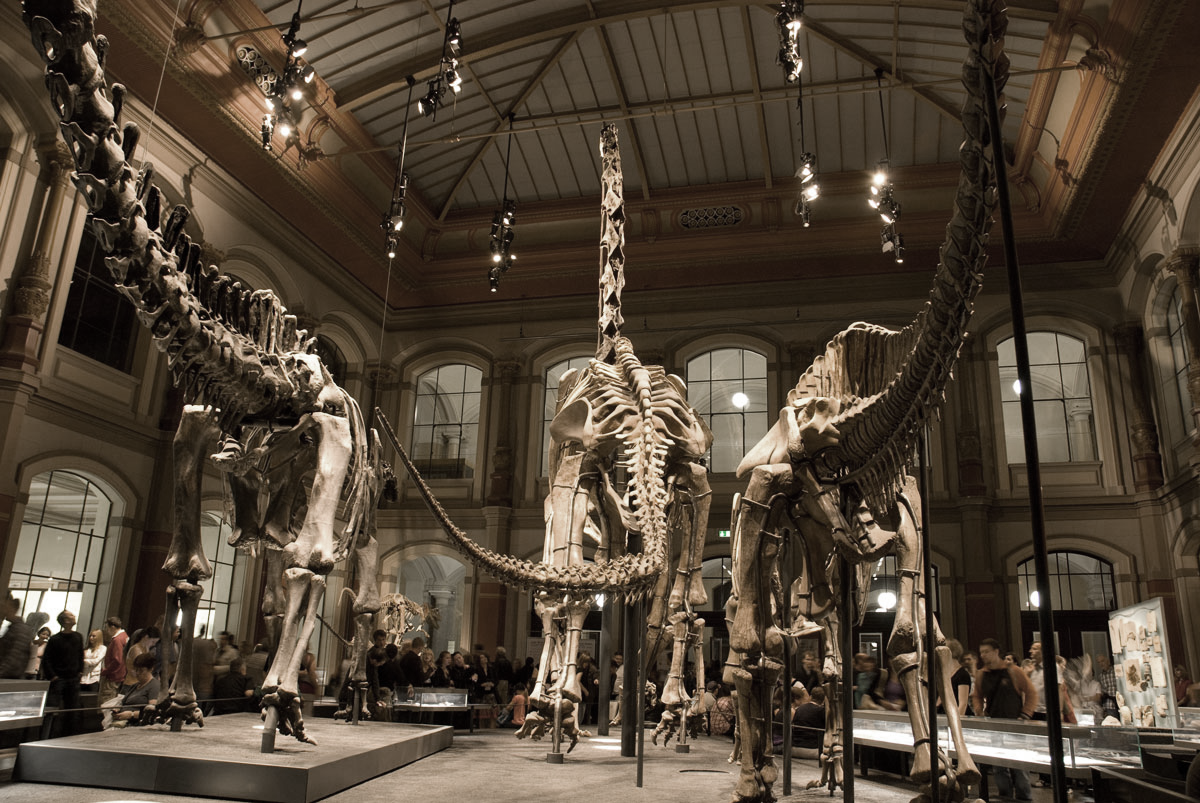
Fossils and minerals don’t quicken your pulse? Well, how about Tristan, the T-Rex? His skeleton is among the best-preserved in the world and, along with the 12m-high Brachiosaurus branchai, part of the Jurassic superstar line-up at this highly engaging museum.
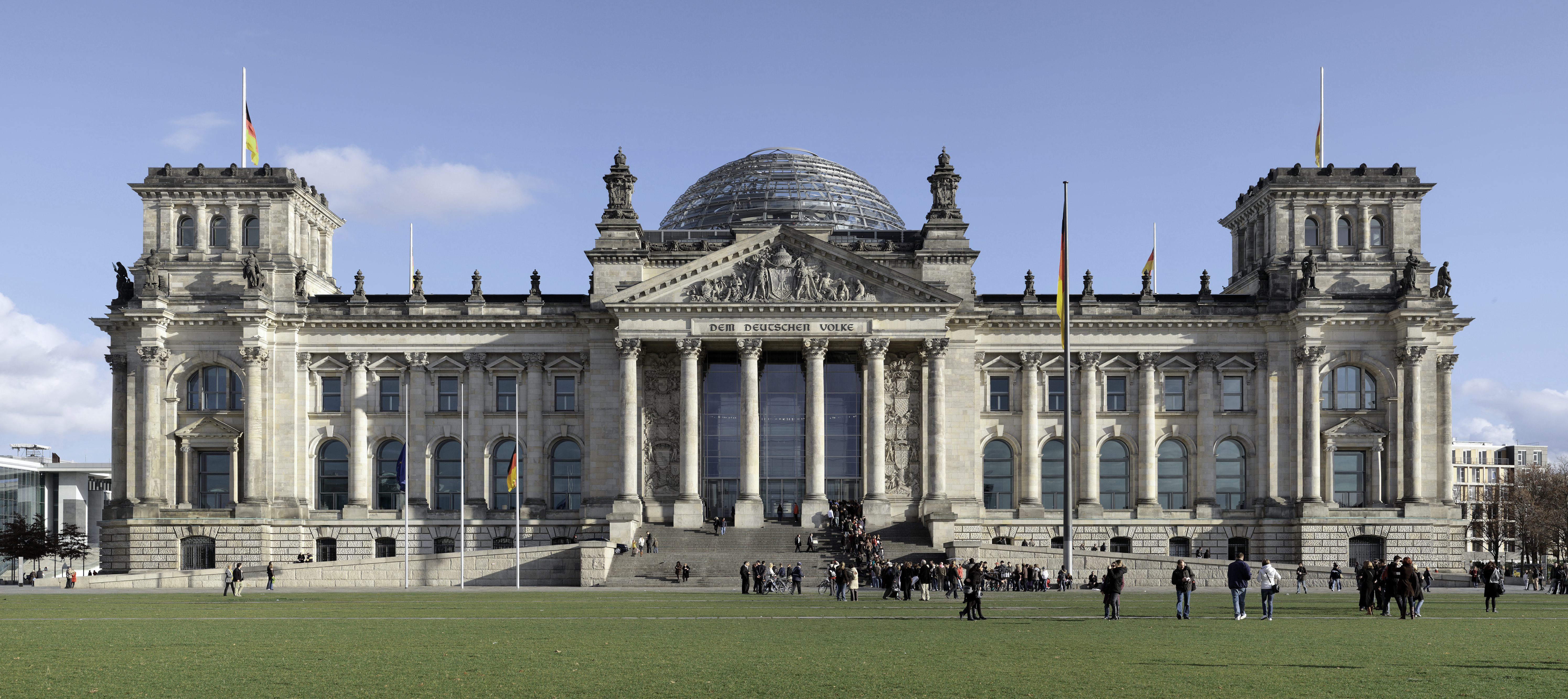
It’s been burned, bombed, rebuilt, buttressed by the Wall, wrapped in fabric and finally turned into the modern home of the German parliament by Norman Foster: the 1894 Reichstag is indeed one of Berlin’s most iconic buildings. Its most distinctive feature, the glittering glass dome, is served by a lift and affords fabulous 360° city views.
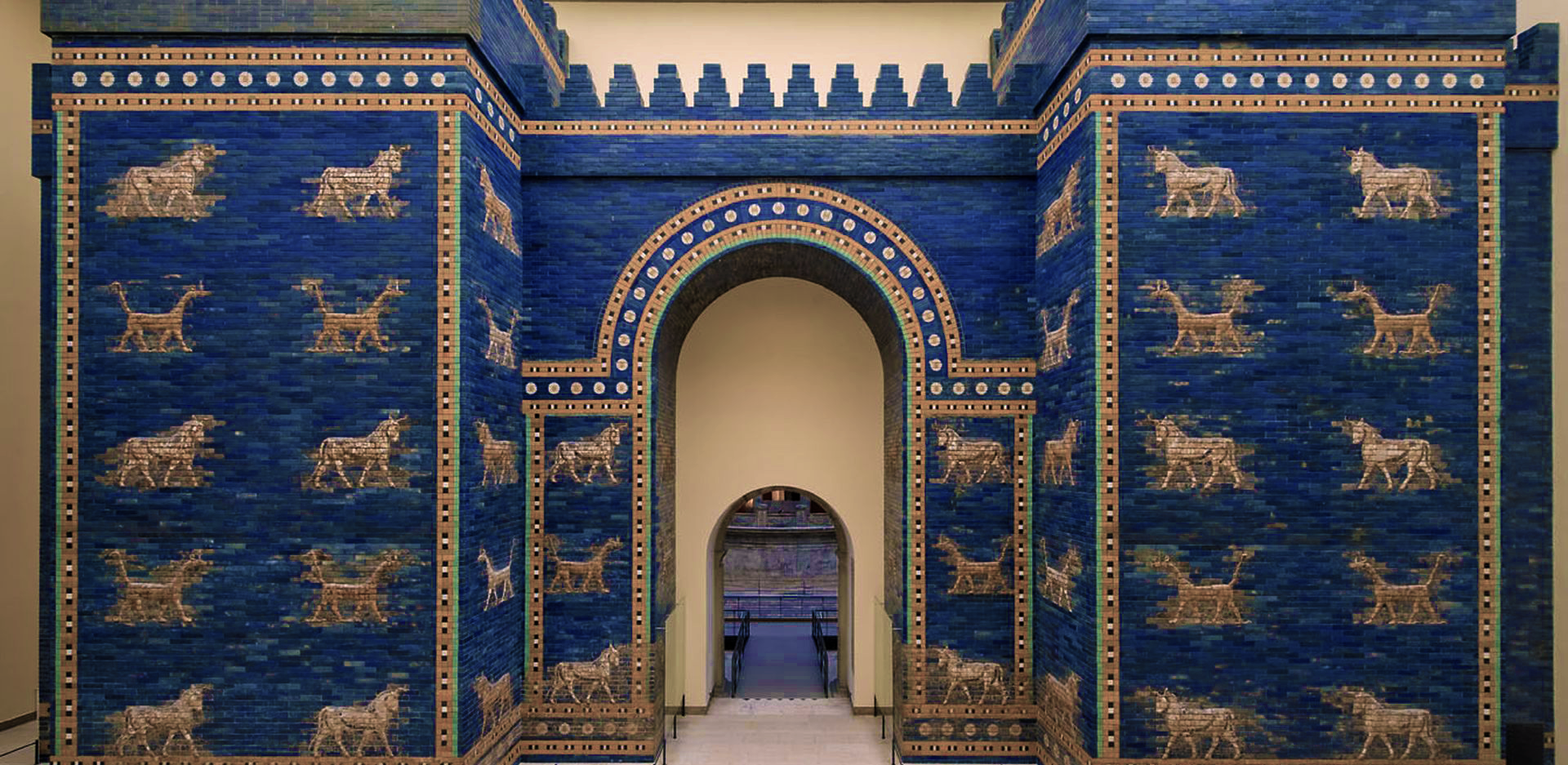
Opening a fascinating window on to the ancient world, this palatial three-wing complex unites a rich feast of classical sculpture and monumental architecture from Greece, Rome, Babylon and the Middle East, including the radiant-blue Ishtar Gate from Babylon, the Roman Market Gate of Miletus and the Caliph's Palace of Mshatta. Note that extensive renovations put the namesake Pergamon Altar and several rooms off-limits until 2023. Budget at least two hours for this amazing place and be sure to use the free and excellent audio guide.